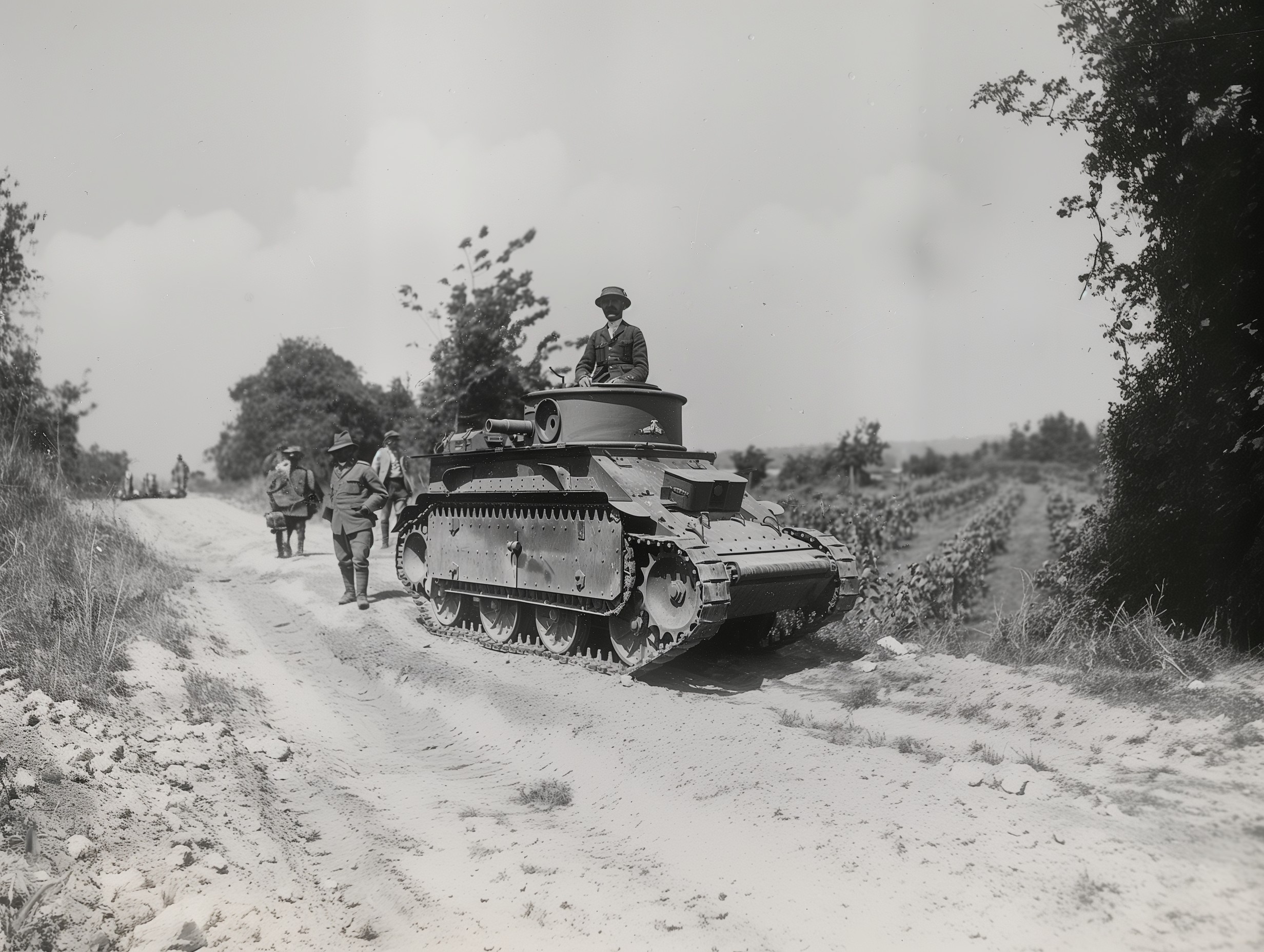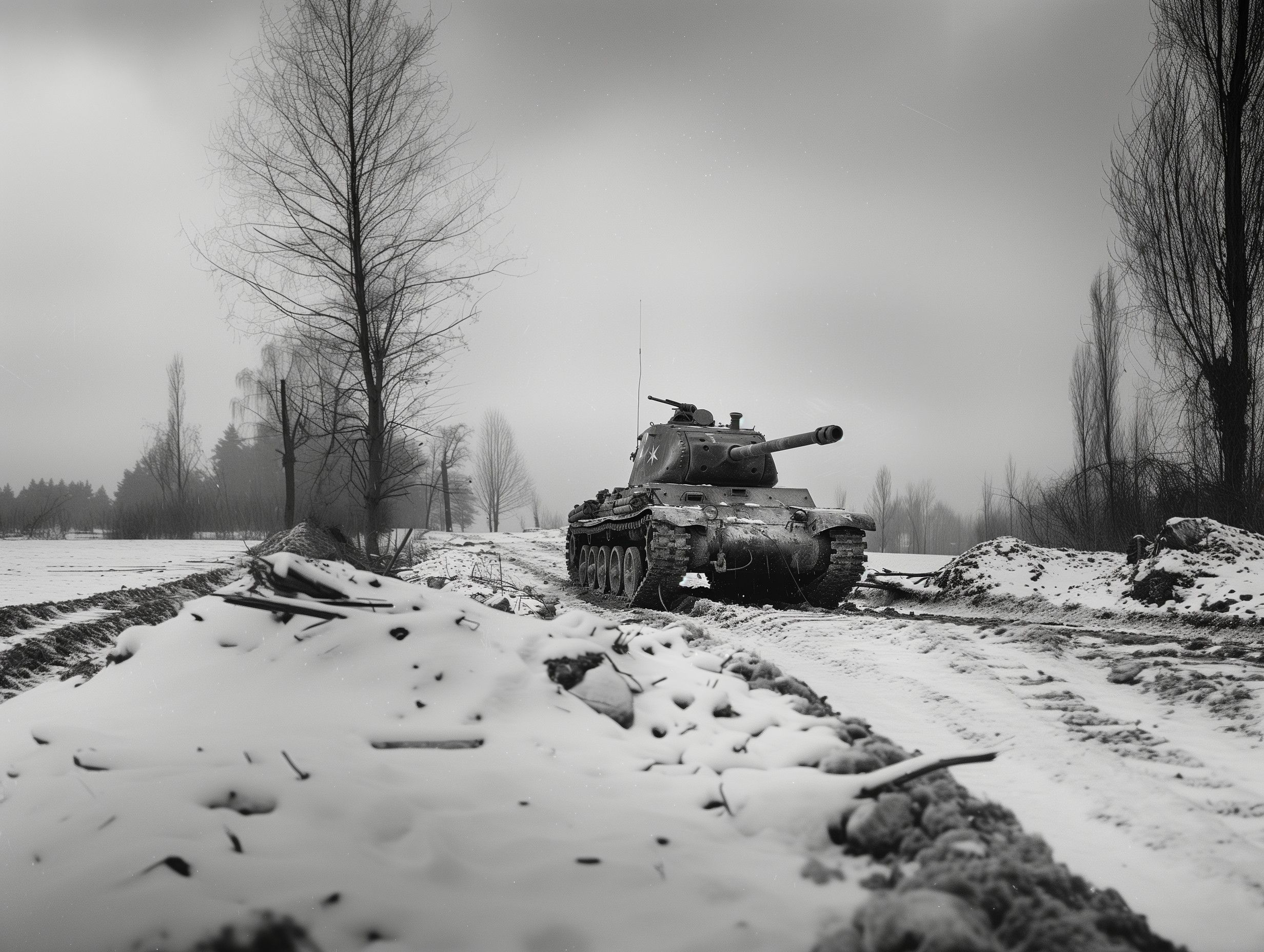Panzer IV-J Details
The Panzer IV-J, the final iteration of the Panzer IV series, played a significant role in World War II. As the workhorse of the German armored forces, it saw extensive action on various fronts. The Panzer IV-J was characterized by its robust design, versatility, and the continuous improvements it underwent throughout the war.
Manufactured by Krupp-Grusonwerk from 1944 to 1945, the IV-J model had simplified production techniques to speed up manufacturing. Notably, it featured a manual turret traverse instead of the powered system found in earlier models, due to the scarcity of resources. This change, while a step back in terms of convenience, did not significantly impact its effectiveness in combat.
Armament consisted of the reliable 7.5 cm KwK 40 L/48 gun, capable of engaging most Allied tanks at medium ranges. Additionally, it was equipped with two 7.92 mm MG34 machine guns for anti-infantry defense. The Panzer IV-J's armor was upgraded in response to the increasing effectiveness of Allied anti-tank weapons, with additional side skirts (Schürzen) and turret armor.
In terms of mobility, the Panzer IV-J maintained a balance between armor protection and speed, allowing it to fulfill a variety of roles on the battlefield, from direct tank engagements to supporting infantry assaults. Despite its improvements, the Panzer IV-J faced challenges such as fuel shortages and the overwhelming numbers of Allied armored vehicles as the war drew to a close.
The legacy of the Panzer IV-J endures, with several units preserved in museums around the world, serving as a testament to its impact on armored warfare.

